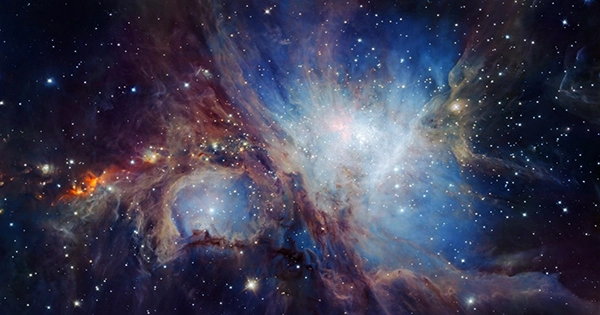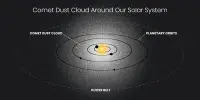Five nations joined together to establish the European Southern Observatory sixty years ago. Since then, the ESO has made it possible for researchers all across the world to delve deeply into the mysteries of the cosmos. In order to commemorate more than 60 years of observations, the group has now published a new image of the star-forming Cone Nebula.
The image was taken earlier in the year by the ESO’s Very Large Telescope and released on November 10, 2022. (VLT). This most recent image of the Cone Nebula is only the latest in a long line of breathtaking views made with the aptly called telescope. The nebula, which is only around seven light-years long, is a component of the much larger astronomical region known as NGC 2264.
Astronomers have long used nebulas like the Cone Nebula as a point of observation. A beautiful view of another nebula from NASA’s Spitzer telescope in 2019 illustrated how these star factories produce new stellar objects.

Astronomer William Herschel made the discovery of the area of space in the 18th century. The Cone Nebula, which dominates the new photograph, is located in the constellation Monoceros (The Unicorn). The name is highly appropriate given the appearance of the nebula, which resembles a huge horn in deep space.
Given that it is located within 2,500 light-years from Earth, the Cone Nebula is a celestial object that has been extensively investigated. The pillar-like cone that spans the middle of the image gives us a perfect view of the Cone Nebula’s dark and foggy appearance, which is what makes this new photograph of it so mesmerizing.
The Focal Reducer and low dispersion Spectrograph 2 (FORS2) on the Chile-based ESO Very Large Telescope are responsible for making the image feasible. The Cone Nebula’s surrounding sulfur and hydrogen gases are depicted in the image’s red and blue hues, respectively. These filters also allow us to view the brilliant, recently produced stars that give this nebula its allure.
The Very Large Telescope has previously allowed the ESO to witness the birth of a planet, and back in 2018, the ESO successfully photographed a far-off star cluster. The Cone Nebula is clearly visible in this most recent image, making it the ideal way to commemorate the 60 years of accomplishments made possible by the ESO’s numerous telescopes and observational tools.
















